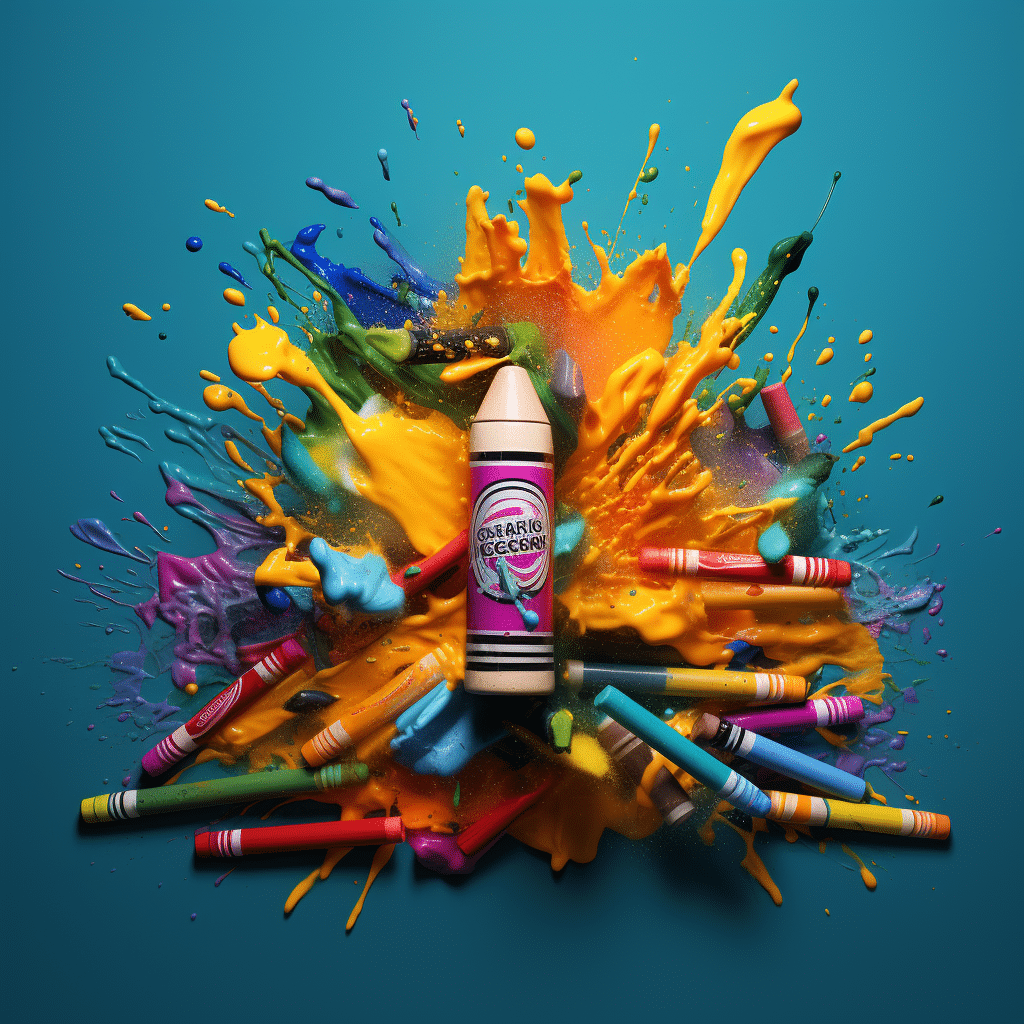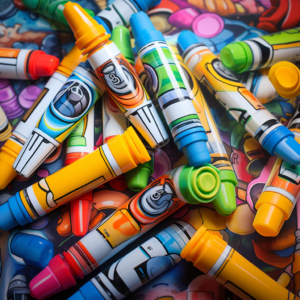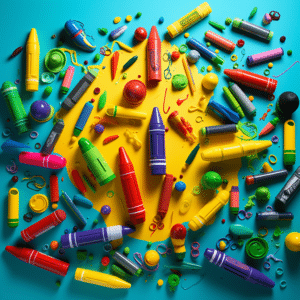
Crayola Markers: Safety, Ingredients, and Usage Tips
In 1978, during its 75th anniversary, Crayola LLC (formerly Binney & Smith Company) introduced the Crayola markers to the market. Since its inception, the markers have been continuously improved to meet the recommended safety standards.
A product that is not harmful when ingested or to the skin is said to be non-toxic. The Crayola markers have gone through a series of tests by independent toxicologists, and have been confirmed to be non-toxic. They are therefore safe to be used by children.

Permanent vs. Washable Crayola Markers
Crayola markers come in permanent and washable options. The permanent markers are recommended for adult use in drawings or writings meant to last long. For young artists, washable markers are the best option. Though a child should use a white or erase board, they can draw and scribble anywhere, on the walls, furniture, and on skin. With this washable marker, you don’t have to be worried about the mess. Their skin can be washed clean after the fun-filled playtime. Dirt is good for growing minds! The markers come in more than 120 vibrant colors and a wide range of tips to choose from such as broad line, fine line, metallic, glitter, and emoji stampers.
Components of Crayola Markers
Crayola markers consist of five components; plastic cap, barrel, and cylinder, all made through an injection molding process using resin. Resin, simply put, is unprocessed plastic. The tip of the marker is made of mold and baked. It can either be flat-based or pointed. The ink consists of dye, water, and proprietary ingredients.
Ingredients of Crayola Markers
The Crayola marker manufacturers, Crayola LLC, do not share the ingredients they use for their products as they are proprietary. The only two basic ingredients mentioned in the FAQ section on their website are water and dye.
None of the mentioned ingredients is known to be toxic. Moreover, they state allergens that are excluded from their products; are peanuts, Tree nuts, eggs, eggshells, milk, casein, Whey, Nut & nut oil, sesame & sesame oil, shellfish, fish, and D&C Red Dye #40. The products might have traces of latex during the manufacturing process as the gloves used are made of latex.
Allergies and Poisoning
Although Crayola markers are not toxic, latex is used during the manufacturing process and may cause allergic reactions in babies sensitive to latex. The ink is well tolerated by the majority of the children’s skins. If your child ingests the tip, do not panic. It could only cause some stomach upsets at worst. Give the child some water or milk to minimize the chances of a stomach upset. The ingested piece won’t be digested, it will be passed through stool. The marker’s ink is not harmful to the skin unless your baby has skin disorders.
Choking Hazards
The cap of the marker is a choking hazard if swallowed. Big chunks of the tip can choke a young baby too. Younger children should not be left to use this product unsupervised. In the unfortunate event of choking, contact the emergency services immediately or rush the child to the ER if you are near a health facility. Never try to induce vomiting, or try dislodging the item, it could cause more harm to the choking baby. Some signs the baby is choking are; skin turning blue, the baby becomes weak, difficulty breathing, and unresponsiveness. A choking baby may also make high-pitched or soft sounds while inhaling or be unable to make any sound or cry.
Are Crayola Markers Toxic to Pets
Apart from messing themselves and your house, Crayola markers are not toxic to pets. Crayola markers are not tasty, but just like children; pets will try to put anything in their mouths during playtime. When pets ingest small amounts of the ink or tip, they are not likely to get harmed. However, big bites on the nip and the cap can cause choking in the pets. There have been no reported cases of allergic reactions to pets’ skin. They should not be allowed to keep on ingesting these pieces.
Are Crayola Markers Vegan
Crayola markers, like most other markers, are derived from animal products. In general, markers contain tempera paints that include gelatin, bee wax, honey, and insect shells. These products bind, preserve, and improve the flow of color pigments. With no information on Crayola markers ingredients, it would be safe to assume similar ingredients are used in the manufacture of their markers. It is, therefore, safe to conclude that Crayola markers are not vegan.

Safety Tips While Using Crayola Markers
Crayola markers are recommended for children between 12 to 36 months. This age guideline may vary from one child to another depending on their abilities. It is the responsibility of the parent or caregiver to ensure the safety of a child during play.
The following tips can enhance safety during playtime with Crayola markers;
- Always supervise children while using the markers.
- Demonstrate how to use it before allowing your baby to use
- Provide a safe play area away from hazards such as movable furniture, windows, and doors.
- Assist your child when need be. Avoid interfering with their creativity.
- Do not give markers to infants. Give age-appropriate toys to the younger children.
- Read the instructions for use to your baby and explain them in simple terms.
- Check the markers for damages. If they have splinters or sharp edges, discard them.
- Children should not be allowed to play on high surfaces such as tabletops.
- Do not add a cord or a string to a marker. It increases the risk of strangulation if a child is left unsupervised, even for a short period.
Crayola Markers Safety, a baby’s playtime should be safe and fun. Crayola markers, with a wide range of colors and tip options, enhance your child’s imagination. Though non-toxic, young children should not be left to eat the Crayola markers. Supervised play is paramount as the risk of choking could be increased by regular bites.